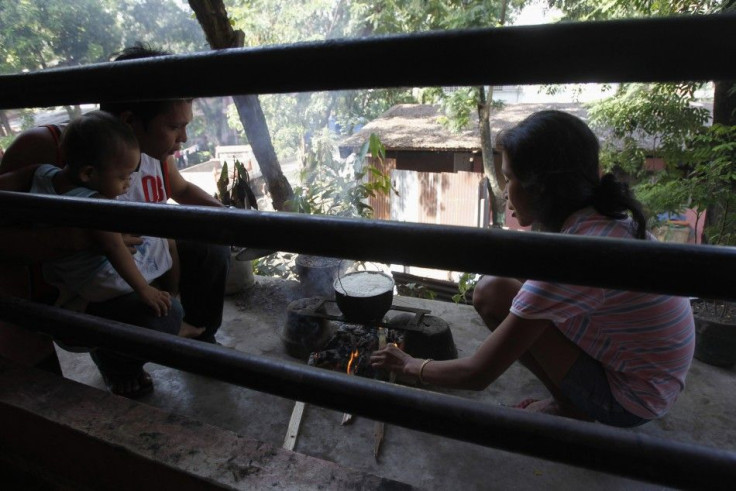Philippines Overhauling Disaster Management System

The government of Philippines is working in tandem with an international aid agency to modify inventory systems with a view to improving relief distribution in one of the world's most disaster-prone countries.
Aided by the World Food Programme (WFP), the Philippine government's Department of Social Welfare and Development (DSWD) is undertaking a $46,000 customization of open-source software, Sahana, which is commonly used in disaster relief to develop a national Relief Goods Inventory and Monitoring System (RGIMS).
Sahana was first employed in Sri Lanka after the 2004 earthquake and the tsunami. It was also used during the 2011 Sendai earthquake and tsunami in Japan, 2010 flooding in Pakistan and 2010 earthquake in Haiti.
RGIMS covers inventory and warehousing, tracking and monitoring, and reporting and evaluation.
We want [DSWD] managers to know what relief goods are in stock in real time, Dragoslav Djuraskovic, WFP's head of logistics in Philippines, was quoted by IRIN (a service wing of UN) as saying.
In 2011, the National Resource Operations Centre (NROC) in the capital Manila received, inventoried and re-packed an unknown quantity of goods. The NROC handles all the donations related to disaster relief.
Everything that comes into our warehouse has to be encoded and sorted. Currently, we use Excel spreadsheets for all of this data. It's so tedious and the mere volume of the data makes the process prone to errors, said Ronald Reonal, 26, an administrative assistant at NROC.
A region ravaged by natural disasters
On Feb. 6, 2012, an earthquake hit the southern province of Negros Occidental, leaving dozens dead. Around 70 went missing and more than 32,000 lost their homes, according to Philippine government's National Disaster Risk Reduction and Management Council (NDRRMC).
Also, more than one million people were affected by tropical storm 'Washi' that swept through the southern island of Mindanao two months ago.
DSWD officials told IRIN that while they were in the midst of processing Washi donations, they have had to also handle aid for earthquake survivors also, which made things tough for them to manage.
In 2011, around seven million people were affected in Philippines as the region was rocked by 21 natural disasters which resulted in 400 deaths, according to Centre for Research on the Epidemiology of Disasters (CRED), a WHO collaboration centre.
The international donors sent $31.4 million the same year for relief, which does not include $10.4 million for Tropical Storm Washi, which hit the region on Dec 17.
Efficiency of the software There will be no getting away from the manual counting and sorting of relief goods and donations, said Francia Fabian, NROC supervising administrative officer. But RGIMS will at least make the process more efficient and our reporting more accurate.
The donors and authorized staff will be able to monitor the supply levels. In the current system, DSWD officers have to approach NROC for an update on stock levels, which is faxed or emailed to them, which means officials will have to wait before any action is taken.
There will be a threshold warning system that will alert the user on inventory that is running low, moderate and out of stock or about to expire, said George Pornaras, WFP's IT consultant for RGIMS.
There are plans to set up field offices with Internet access with extra servers to ensure the system can function during an emergency, according to Pornaras.
Sahana website has both on-line and stand-alone functions (which do not require Internet access).
The testing of RGIMS will start by March in five DSWD offices. The full-fledged version is expected to roll out in 19 more offices nationwide by August 2012.
© Copyright IBTimes 2024. All rights reserved.











